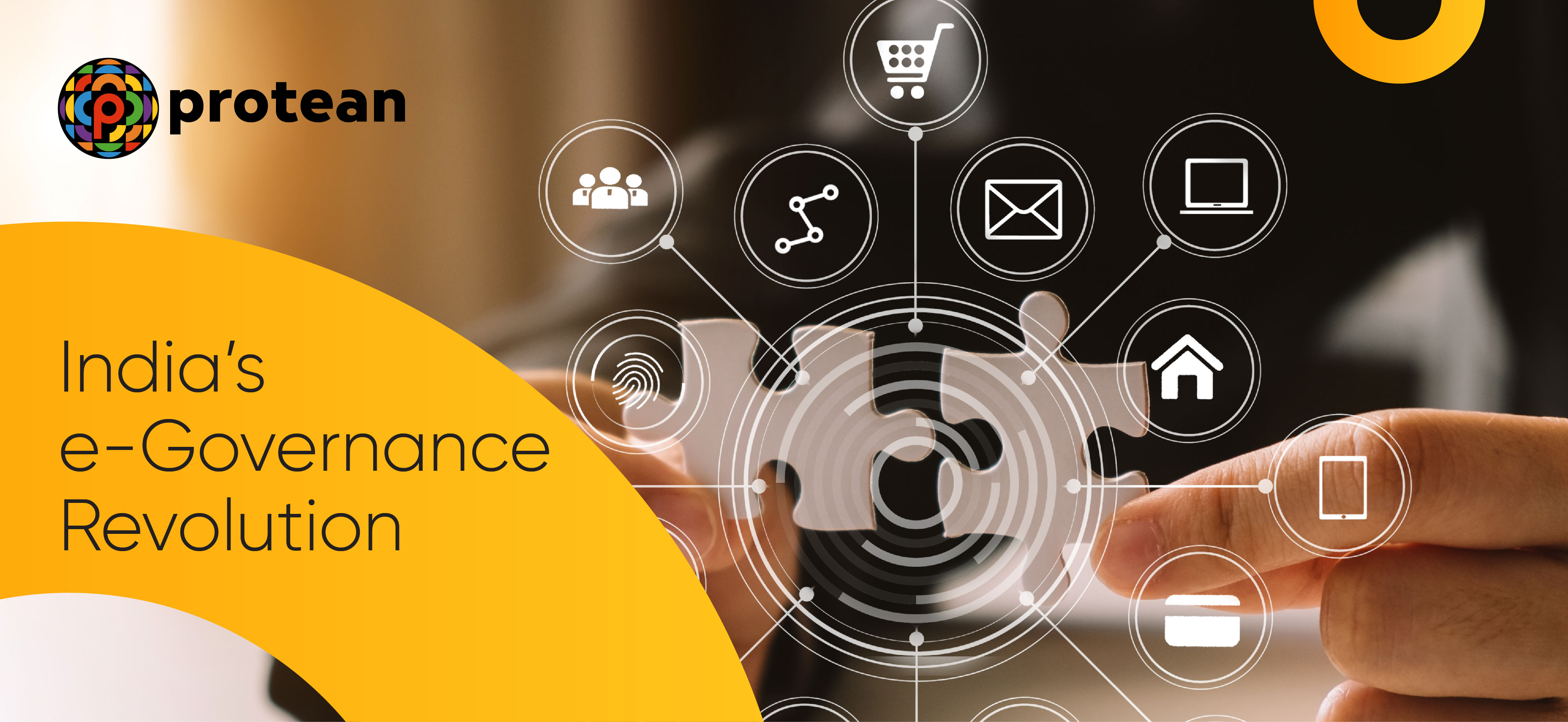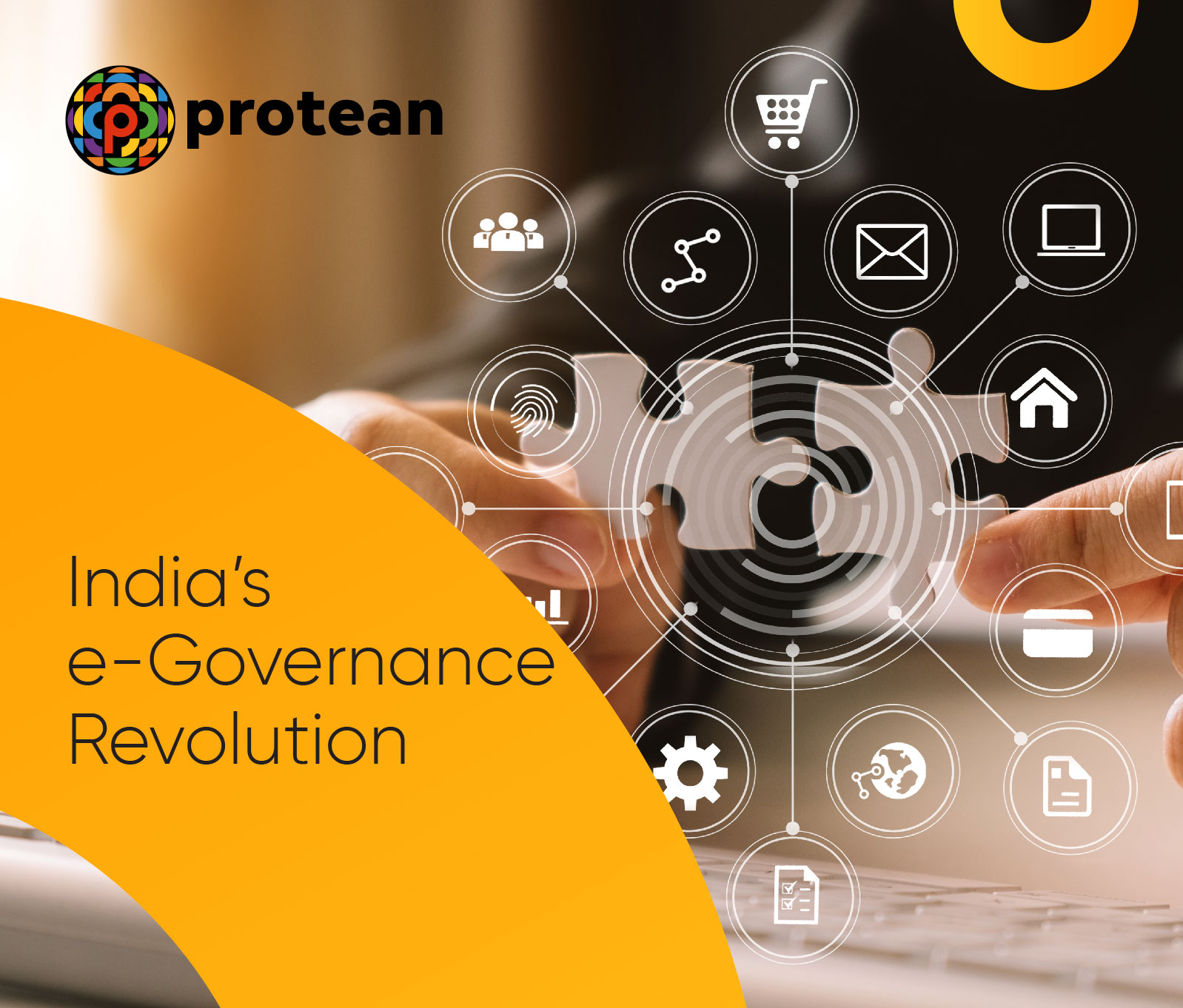With the emergence of COVID-19 in the year 2020 people in India not only faced health care issues but also faced the problem of accessing public goods in India. However, the integration of digital techniques played a crucial role in overcoming this challenge and led to a rise in the concept of ‘Digital Public Good (DPG)’.
According to UN Today, the use of DPGs will more than double in India and continue to increase. These DPGs play a crucial role towards achieving the United Nations’ sustainable development goals, aligning with the digital India initiative.
This article discusses how the evolution of digital public goods has become a substantial game-changer in India's e-governance, revolutionising the accessibility and delivery of essential services to the population.
What are Digital Public Goods?
Digital public goods are open-source technologies, used in a country to operationalise its Digital public infrastructure (DPI). It is available in the form of software, AI models, data sets, and or standards. These are freely accessible cultural works that actively contribute to the digital development of a nation.
A digital public good refers to the enhanced delivery of public goods and services like Healthcare, Government Schemes, Identity systems (Aadhaar), and other DPIs like banking and payments.
Stacks are the fundamental components of digital public goods that consist of four main layers:
1. Identity Layer
It enables the linkage of personal records with an online identity by enhancing identification processes.
2. Data Registry
Acting as a centralised repository for both personal and institutional information, this layer promotes compatibility among stakeholders by ensuring a single and reliable source of truth.
3. Data Exchange
Data exchange facilitates secure data sharing across systems, promoting improved delivery service, fostering innovation, and enabling tailored solutions.
4. Interface Layer
An interface layer supports communication between applications via open Application Programming Interfaces (APIs) or software intermediaries, empowering third parties to create user-centric solutions within the stack.
What Are the Criteria for Identifying Digital Public Goods (DPGs)?
The Digital Public Good Standard comprises different specifications and guidelines used to establish a common understanding and agreement on whether a digital solution meets the criteria of a digital public good. The DPG Standard has laid down 9 key indicators to determine whether a selected software, AI systems, data, or content is a DPG.
Here are the following indicators:
1. Relevance to Sustainable Development Goals
Digital public goods should show how these goods can achieve the UN’s Sustainable Development Goals (SDGs).
2. Use of Approved Open Licences
DPGs must use approved open licences such as OSI-approved licences for open-source software, creative commons licences for open content collections, and open data commons-approved licences for open data.
3. Platform Independence
If mandatory dependencies in an open-source project impose greater restrictions than the original licence, the project must show its ability to stand independently from the closed component. Additionally, it should highlight the presence of open alternatives to meet its needs.
4. Documentation
Digital public goods should provide valid documents that explain the source code, use cases, and functional requirements. This documentation should also explain what other apps, software, or hardware can work with it and give clear instructions on how to use it. Software projects need clear technical documentation for users unfamiliar with the project to start and use the software. On the other hand, data projects require documentation outlining all fields, data collection methods, and how to interpret the data.
5. Clear Ownership
A digital public good should clearly state and document ownership of the assets. It can be achieved through trademarks, copyrights, or publicly available information.
6. Data Extraction Mechanism
If a project holds non-personally identifiable information (PII), it is essential to ensure the privacy and security of the data. Therefore, a mechanism should be implemented to extract or import this data in a format that is not owned by a particular company. The format for handling this non-personally identifiable information data should be accessible and usable by anyone.
7. Adherence to Privacy and Laws
Digital public goods must comply with relevant privacy laws during development, applicable in both international and domestic regulations. It ensures the protection of user's data and rights.
8. Adherence to Standards
A digital public good should align with relevant standards, best practices, and principles, such as the Principles for Digital Development, in their design and development.
9. Ensuring Safety and Ethical Use
The design of DPG should be in such a way that they showcase proactive measures to foresee, prevent, and avoid causing harm.
i) Safeguarding Personal Data
These goods must demonstrate measures to ensure data privacy, security, and integrity while collecting, storing and distributing personally identifiable data. Additionally, the steps to prevent any negative consequences arising from data collection, storage, and distribution should be outlined.
ii) Preventing Inappropriate and Illegal Content
Digital public goods should provide policies to identify inappropriate or illegal content like materials related to child sexual abuse. Additionally, they must implement processes to detect, moderate, report, and remove such inappropriate or illegal content.
iii) Promoting a Safe Environment
If the digital public good involves user interactions, there should be a mechanism for users and contributors to protect themselves from abuse, grief, and harassment. Moreover, the project must address the safety and security of underage users by implementing systems.
How Digital Public Goods can Revolutionise e-Governance?
The Government of India has realised how digital transformation plays an important role in the development of the country. Between February 2022 and March 2023, the number of digital public goods registrations in India increased from 87 to 142. Several factors are expected to continue to influence the growth
First, the Government of India recognizes that DPGs provide cost-effective and efficient tools to support digital India. Second, positive results from digital public goods have been seen in their own industry or in other countries.
The third driving force is the commitment to achieving the Sustainable Development Goals, which DPG can significantly accelerate. Together, these factors demonstrate the potential of digital public goods to transform e-government by delivering impactful solutions for government and citizens.
Which E-Governance Tools are used in India Stack?
Currently with the ongoing digital India initiative, various services are incorporating DPGs to optimise their utilisation and improving accessibility and overall efficiency. The digital India services list includes banking, payment of bills, filing taxes and applying for various government schemes. One can avail these services through various e-governance tools.
The following provides a list of e-governance tools used in India Stack a component of digital public goods which have revolutionised the payment system in India:
1. Aadhaar e-KYC (Know Your Customer)
Nowadays customer verification processes can be done electronically via Aadhaar e-KYC. The process includes obtaining important information from citizens like their residential address and birthdate. A user can apply for e-KYC services through Protean for identity verification to avail various services.
2. Unified Payments Interface (UPI)
The Unified Payments Interface (UPI) helps users access various banking features by connecting multiple bank accounts into a single mobile application. It seamlessly sends money and provides payment facilities for different goods or services a user avails.
3. Digital Locker
DigiLocker serves as an online platform for the government of India, where citizens can store and access documents. It allows individuals to link their Aadhaar card information and share documents safely through various methods.
How Does Digital Public Good Benefit the Citizens and the Government?
A digital public good provides a range of benefits to citizens and governments which are as follows:
1. Easy Adoption
A citizen or government can adopt digital public goods freely without incurring additional costs. Furthermore, the implementing countries can maintain long-term ownership by customising DPGs according to the specific needs of the citizens.
2. Avoidance of Vendor Lock-in
As DPGs are open source it prevents users from getting tied to a specific technology vendor. It ensures compatibility and flexibility.
3. Immediate Results
Digital public goods speed up services and reduce wait times. For example, citizens can generate PAN cards online quickly with Protean making the process hassle-free.
4. Expanded Reach
By increasing productivity and enabling rapid scalability, digital public goods empower citizens and the government to extend benefits quickly to a much larger segment of the population. It also allows for lower-risk experimentation, piloting, and smoother roll-out processes.
5. Enhances Collaboration
Users of a specific digital public good can share best practices and collaborate within respective communities.
6. Improves Sustainability
Open-source communities support adaptations and iterations in various countries. They facilitate the merging of new features and best practices into the core DPG.
7. Promotes Transparency and Accountability
Digital public goods eliminate fraudulent beneficiaries of government services and put an end to intermediaries who collect illicit fees. Furthermore, it promotes transparency, accountability, and public discourse on vital matters, ensuring DPGs do no harm.
Conclusion
Digital public goods have distinct characteristics which make them different from physical public goods in terms of management. Unlike physical public goods, digital public goods can be stored, copied, and distributed indefinitely without any depletion or cost.
The government of India in its G20 task force on digital public good infrastructure aims to leverage India’s digital infrastructure on a global scale in areas such as finance, healthcare, education, data, taxation, digital commerce and transport.
In conclusion, the future of the digital public good depends on innovative inclusive solutions that will empower individuals. Governments and democracies should work together to establish laws and protections against abuse, and to ensure that technology is a public good accessible to all. This collaborative effort will pave the way for further growth in digital infrastructure, promoting accessibility and integration around the world.
- Story by Kakoli Laha

